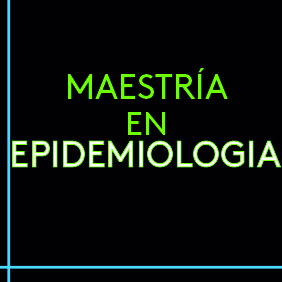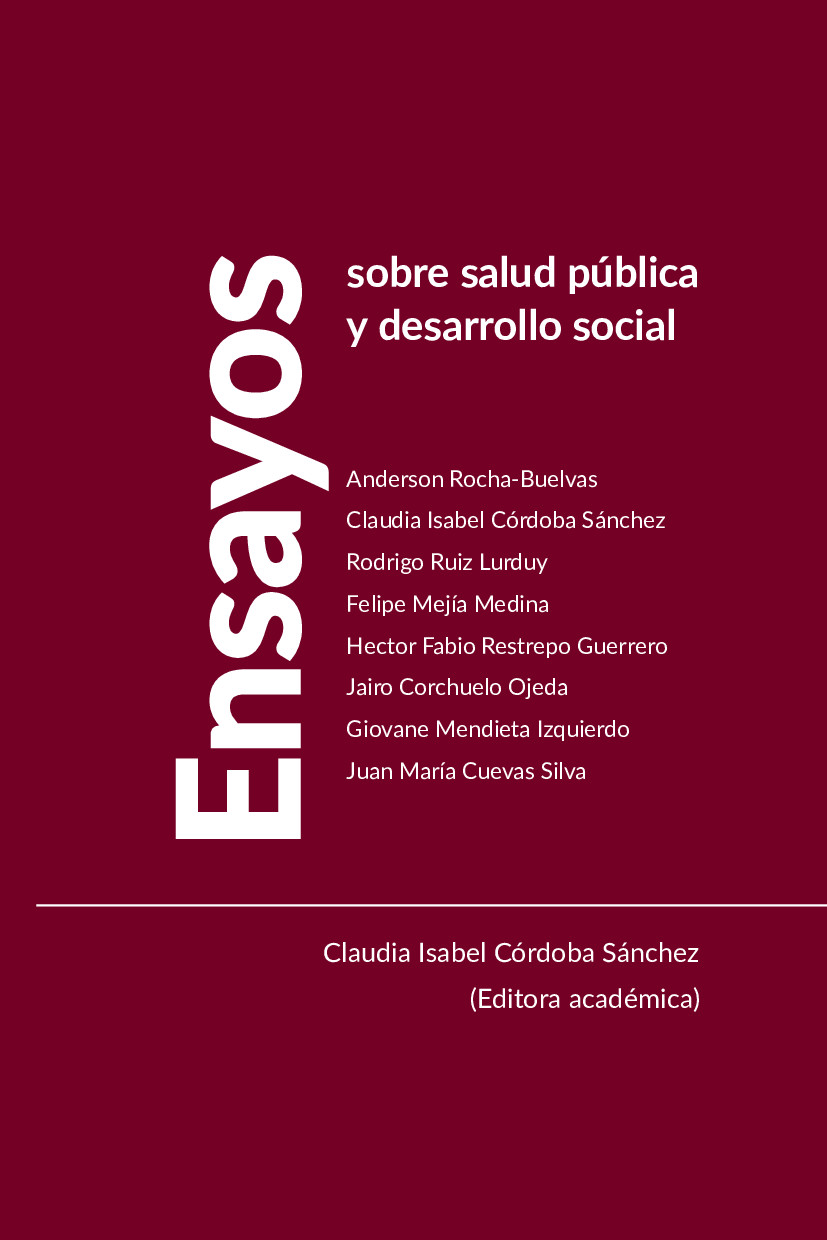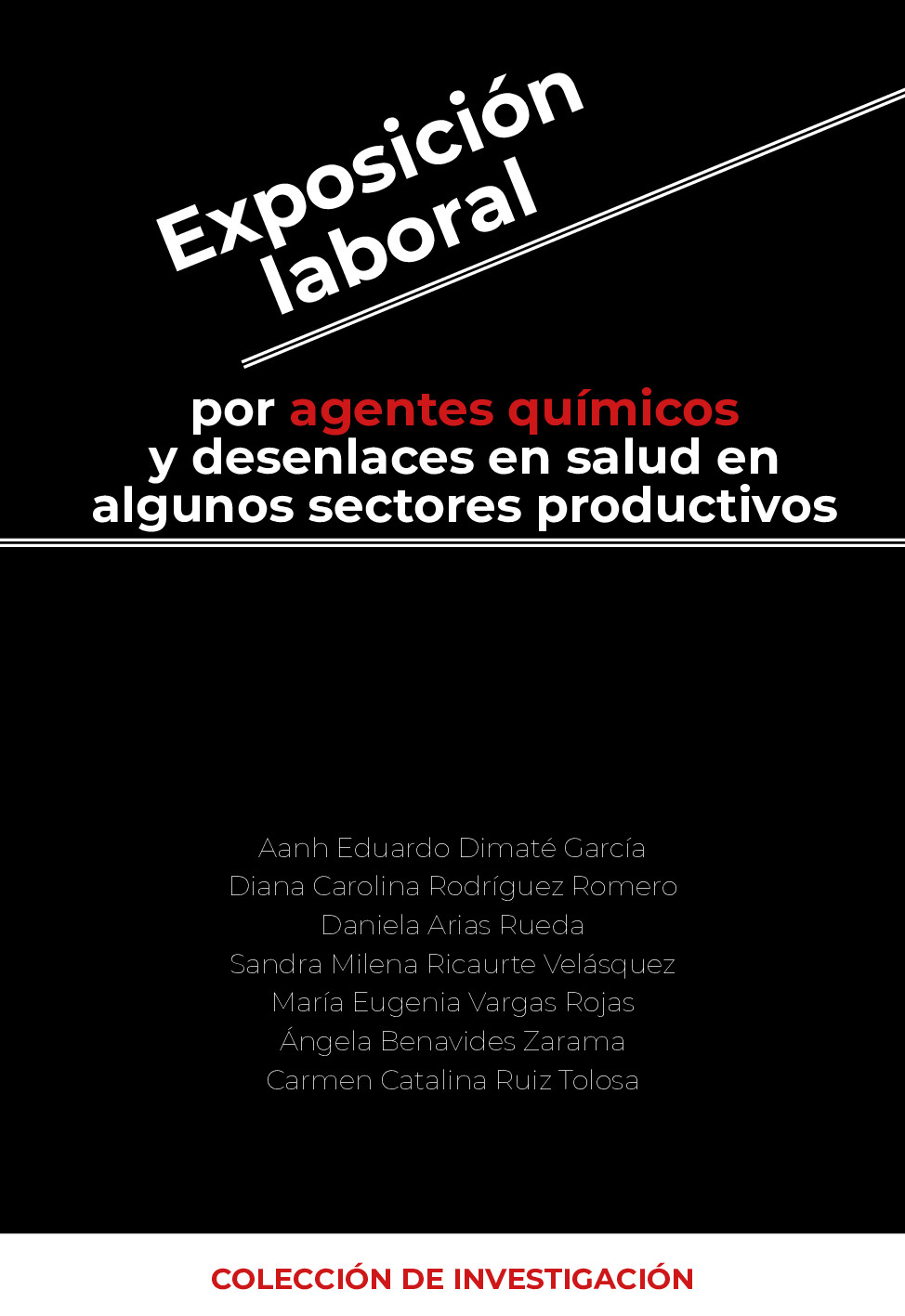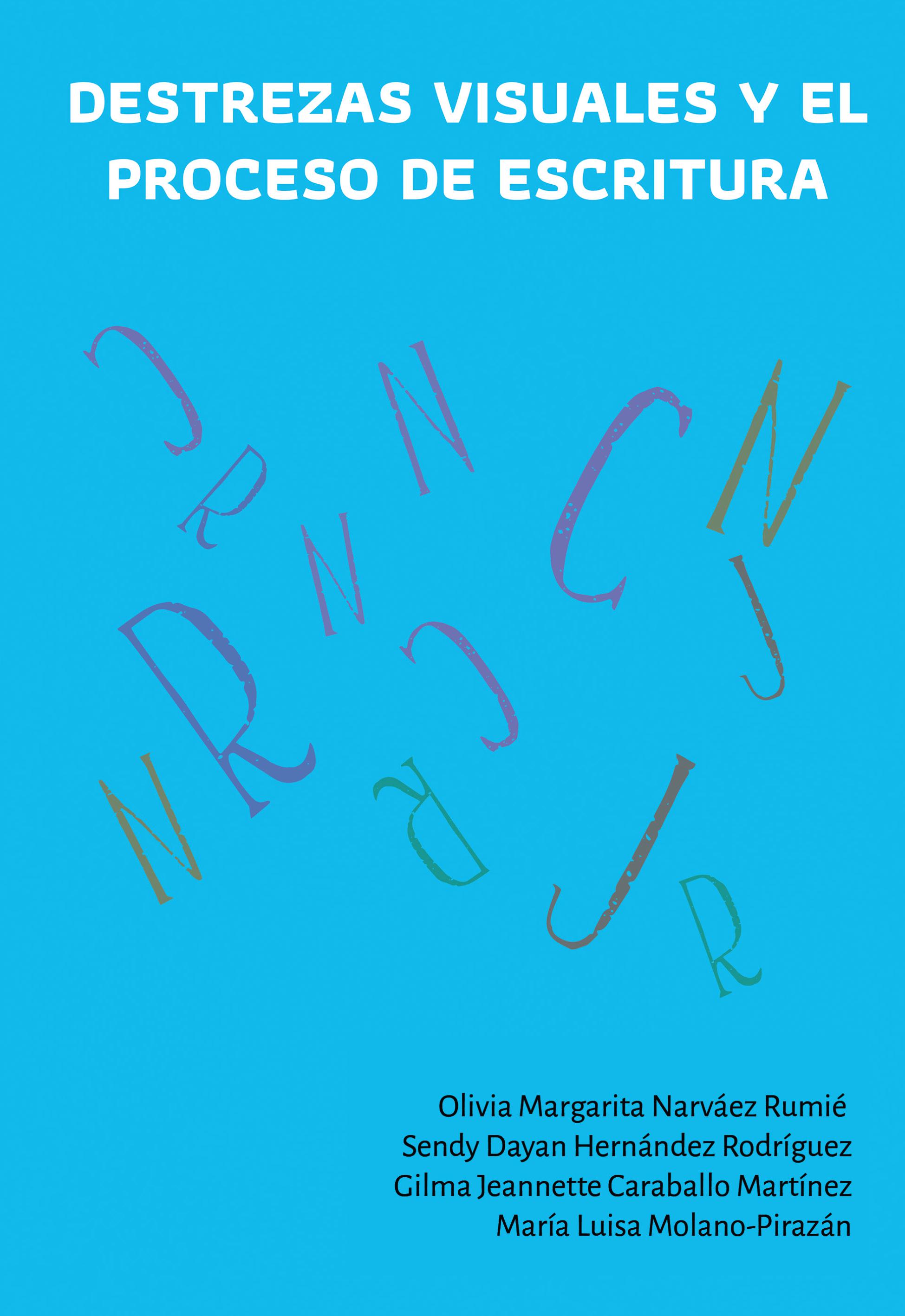Abstract
Debido a la gran importancia fisiológica y óptica que representa la película lagrimal para el correcto funcionamiento del ojo humano, una acertada evaluación y diagnostico de cualquier tipo de anomalía o alteración, ya sea en sus mecanismos de secreción, estabilidad o calidad, de una o todas sus capas, se convierte en una imperiosa necesidad para la práctica optométrica y oftalmológica. La evaluación de la película preocular lagrimal (PLPO) es de gran ayuda diagnóstica en salud visual. En muchos países se vienen empleando técnicas no invasivas, basadas en interferometría1 ,2 ,3 ; las técnicas invasivas (BUT) tiempo de rompimiento de la película lagrimal, han demostrado no tener validez significativa por su baja reproducibilidad4 ,5 y por provocar una alteración bioquímica de la película lagrimal, inducida por la fluoresceína. Este estudio se llevó a cabo con el fin de evaluar una técnica de rompimiento de la película lagrimal no invasiva (BUTNI) con Tearscope® de Keeler U.K., basada en principios físicos de interferometría, a través de colores de interferencia generados por las diferentes longitudes de onda6 ,7 ,8 . Este instrumento mide el espesor de la capa lipídica y el reservorio lagrimal, e igualmente permite observar la calidad de la película lagrimal. Se escogió una muestra de 60 sujetos presumiblemente sanos (n= 60), de acuerdo con los criterios de inclusión y exclusión y por medio del cuestionario validado McMonnies 9 ,10 ,11, para diagnóstico de ojo seco, se evaluaron ambos ojos. Con el f*in de descartar alteraciones en la visión del color, los examinadores fueron sometidos a la prueba Farnsworth D1512 para evitar sesgos en la observación de los patrones de colores con el Tearscope®. En una primera sesión se evaluaron el BUTNI\h 7,\h 8, BUT con fluoresceína al 2% (FulGlo) y Schirmer Test I13 ,14 ,15 y en la segunda sesión Schirmer Test II con proximetacaína al 0,5%, para evitar la interacción farmacológica entre proximetacaina y fluoresceína. Los datos se procesaron en Excel, EPI Info 6 y Epidat 3.0.
Abstract
Preocular tear film (POTF) evaluation is a main diagnostic issue in primary visual care. A comprehensive evaluation of its anomalies, POTF layers’ stability, quality and secretor mechanisms should be mandatory in Optometric and Ophthalmologic practice. Most countries worldwide are using recently developed POTF non invasive techniques, interferometry based\h 1,\h 2,\h 3. Some other investigators have proven that the invasive technique breakup time (BUT) does not have a significant value because of its low reproducibility\h 4,\h 5 also, due to fluorescein induced biochemical tear film alteration. This study has been made in order to evaluate a non invasive beak-up-time technique (NIBUT), based on physical principles of interferometry through interferometric colors generated by the various wave- length, by means of Tearscope® from Keeler U.K.\h 6,\h 7,\h 8. This instrument measures tear film’s lipid layer thickness and reservoir, also, tear film’s quality can be observed. The study sample was 60 presumably healthy subjects (n=60) according to inclusion and exclusion criteria and by means of the validated McMonnies questionnaire for dry eye\h 9,\h 10,\h 11. Both eyes were evaluated. In order to rule out vision color anomalies, chosen examiners underwent Farnsworth D15 test to avoid NIBUT’s\h 7,\h 8 interferential colors patterns misjudge during observation\h 12 with Tearscope®. On a first session NIBUT, BUT with fluorescein 2% (FulGlo) and Schirmer Test I\h 13,\h 14,\h 15 were evaluated. Schirmer Test II with proximetacaine 0,5% was evaluated on the second session to avoid a pharmacologic interaction between proximetacaine and fluorescein. Analysis statistical data software used were Excel, EPI Info 6 and Epidat 3.0.According to the results, NIBUT’s sensibility and specificity were 65,9% and 62,5% respectively,versus gold test (BUT). Most frequently color pattern reported was First Order Pattern, which corresponds to a lipid layer of 90 to 140nm (26%). In 85% of the population the break-up-time for POTF was less than 23 seconds. Burning and foreign body symptoms versus NIBUT had higher sensibility and specificity: 74% and 71,4% respectively while for BUT they were 58% and 60,7%. Schirmer I test reported 42,9% sensibility for burning, 20,8% for irritation and 95,7% specificity for burning and 91,7% for irritation. Schirmer II test reported 21,1% sensibility for irritation and a high specificity for irritation and burning: 90,9% and 80%. In contrast tear reservoir presented 44,7% sensibility for irritation and 40% for burning while specificity related to irritation was 63,6%, 59,4 for dryness and 50% for burning.
Licence
Authors should declare no conflicts of interest either for reasons of financing the project which is the result of the article; as well as intellectuals, academics, moral and investigative reasons.
The Journal of Andean Research is home to the ethical rules for publications issued by the COPE: http://publicationethics.org/resources/code-conduct

 PDF (Español (España))
PDF (Español (España))
 FLIP
FLIP

















